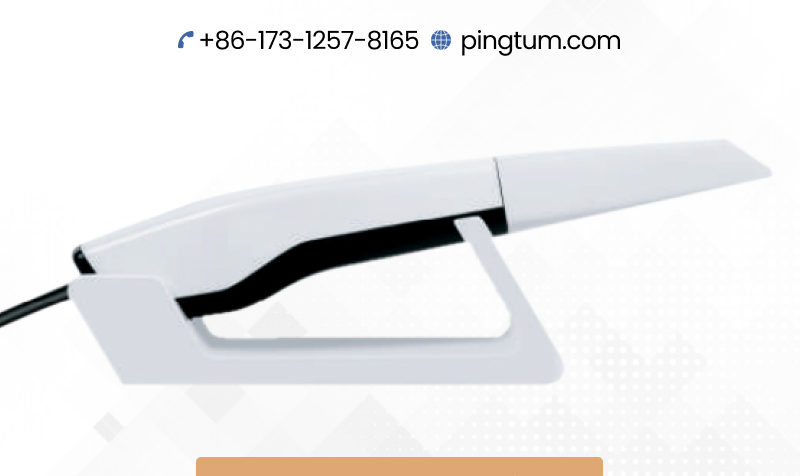The world of dentistry has been transformed by the adoption of digital technologies such as intraoral scanners. The convenience and ease of use offered by such scanners have made the jobs of dental professionals and laboratory specialists, simple, efficient, accurate and quick. The flexibility of these scanners in facilitating the diagnosis of any underlying dental ailment is valuable. Most dentists who have started their digital journey by installing a digital impression system in their clinic have found the experience quite rewarding. Let us discuss the features of any China intraoral scanner to help stakeholders understand the type of device they should invest in.

Top features of a digital impression system
The top features defining the quality of any intraoral scanner are as follows:
Versatility: You may have installed a wireless intraoral scanner in your clinic and taking images of many patients visiting your clinic. Everything is going smoothly. However, one fine day the patient count increases exponentially and you are totally dependent on the efficient functioning of the digital impression system. But no sooner did you start the device, you realize that the batteries are not fully charged. So, to ensure that you do not get hamstrung in the middle, get a scanner with both cord and wireless options. Also, the scanner should be easy to be shifted from one room to the other and ergonomic enough to allow you work sitting or standing.
Easy on children and senior patients: As a dentist you would want your patients to be comfortable while undergoing diagnosis or treatment. But dental anxiety is a reality that many patients suffer from, especially children. It must be noted that taking impressions of children’s teeth can be a challenge using the conventional process. The children find it difficult to sit through the process while holding onto a gooey material inside their mouth. However, with a modern China intraoral scanner, you can turn the patient experience pleasant by showing them their teeth and the treatment procedure.
Dynamic bite registration: Motion is an important factor in choosing an intraoral scanner. Remember, not every scanner is capable of performing dynamic bite registration. To explain what does it mean, let us assume a situation wherein after scanning the upper and lower jaw, you want to add mandibular excursions. Hence, you put the scanner probe into the patient’s mouth in static occlusion and record the protrusion, laterotrusion, and retrusion. Thereafter, based on these contact points, you can perform diagnostics and share them with the laboratory where technicians can use the info to design the crown or any other restoration prescribed by you. This will make the crown a perfect fit and minimize or eliminate any occlusal adjustment given the lab was able to adapt the design based on the patient’s motion.
Color scans: Monochrome is on its way out and the color is in. A color scanner can allow you to show the diagnostic scan to the patient in 3D and real colors. You can easily visualize any potential caries, assess the level of oral hygiene, and the current oral health status.
Quick detection of caries: One of the things most dentists look at on a daily basis is caries. How about detecting the same using a China intraoral scanner? This can be done by using a solution where 3D impressions and teeth illumination can be achieved to detect caries. The software in the digital impression system can visualize the accumulation of bacteria in no time.
Conclusion
A digital impression system can transform your process by delivering efficiency, accuracy, convenience, quality, and superior patient experience. To ensure the system chosen is the best one in the market, you need to keep the above-mentioned criteria into consideration.






